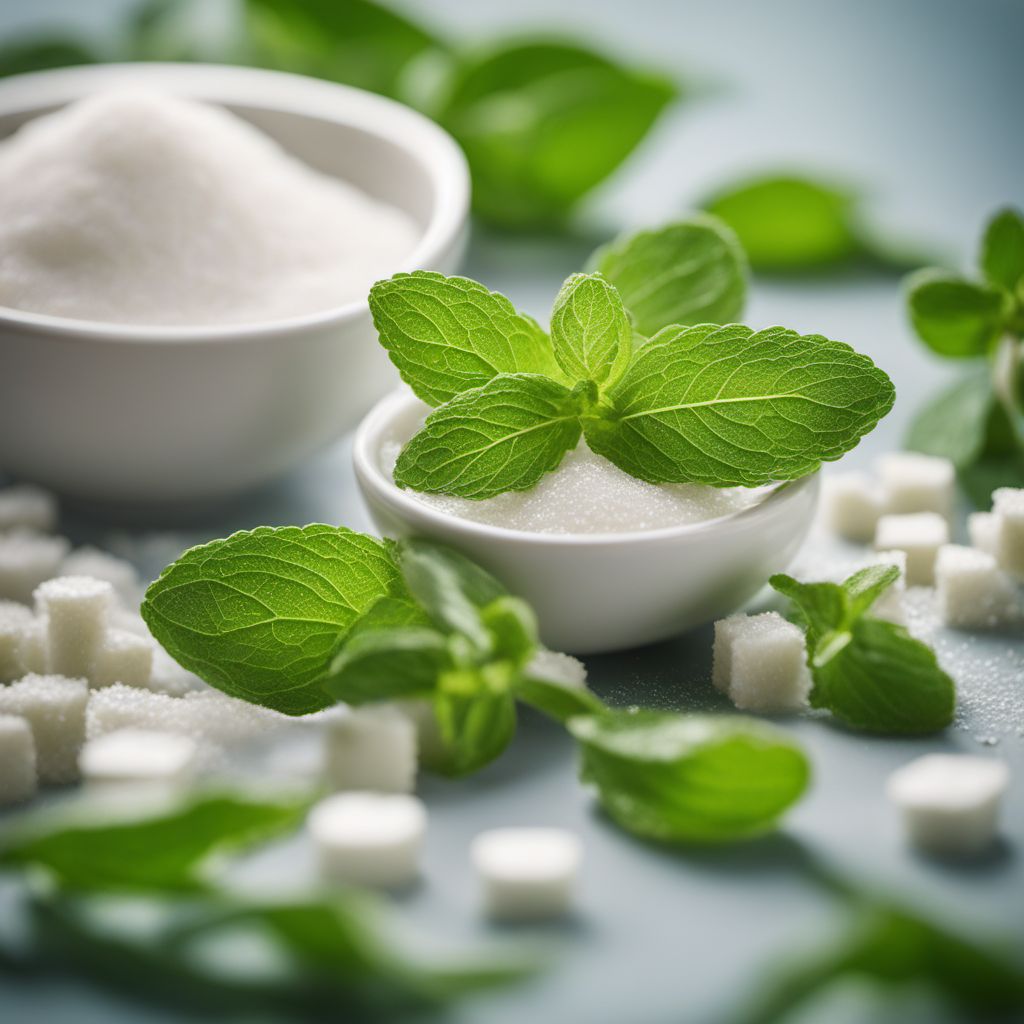
Ingredient
Steviol glucoside
The Natural Sweetener of the Future
Steviol glucoside is a white, crystalline powder that is approximately 200-300 times sweeter than sugar. It has a clean, sweet taste without any bitter aftertaste. Steviol glucoside is heat-stable, making it suitable for cooking and baking. It can be used in a variety of recipes, from beverages and desserts to sauces and dressings.
Origins and history
Stevia, the plant from which steviol glucoside is derived, is native to South America and has been used for centuries by indigenous communities as a natural sweetener and medicinal herb. It was introduced to the Western world in the 16th century but gained significant attention in recent years due to the growing demand for healthier sugar alternatives. Steviol glucoside is now commercially produced from the leaves of the Stevia rebaudiana plant.
Nutritional information
Steviol glucoside is a non-nutritive sweetener, meaning it provides zero calories. It is also low on the glycemic index, making it suitable for individuals with diabetes or those following a low-sugar diet. Steviol glucoside does not contribute to tooth decay and has been approved as a safe sweetener by various regulatory authorities.
Allergens
Steviol glucoside is derived from the Stevia rebaudiana plant and does not contain any known allergens. However, some individuals may experience gastrointestinal discomfort or a slight aftertaste when consuming products containing steviol glucoside.
How to select
When purchasing steviol glucoside, look for reputable brands or suppliers that provide high-quality products. Ensure that the product is labeled as pure steviol glucoside without any additives or fillers. It is also essential to check the expiration date and store the sweetener in a cool, dry place.
Storage recommendations
Store steviol glucoside in a cool, dry place, away from direct sunlight. Ensure that the container is tightly sealed to prevent moisture absorption. When stored properly, steviol glucoside can have a long shelf life.
How to produce
Stevia plants can be grown in home gardens or containers, given they have access to full sun and well-draining soil. They require regular watering and can be harvested by plucking the leaves when they reach maturity. The leaves can then be dried and processed to extract steviol glucoside.
Preparation tips
Steviol glucoside can be used as a sugar substitute in various recipes. It can be added to beverages like tea, coffee, and smoothies, as well as desserts like cakes, cookies, and ice creams. Steviol glucoside can also be used in sauces, dressings, and marinades to enhance their sweetness without adding calories.
Substitutions
There are no direct substitutes for steviol glucoside, as its intense sweetness and zero-calorie content make it unique. However, other artificial sweeteners or natural sweeteners like erythritol or monk fruit extract can be used as alternatives.
Culinary uses
Steviol glucoside is commonly used in the production of sugar-free or reduced-sugar food and beverage products. It can be found in items such as diet sodas, protein bars, yogurts, and sugar-free candies. Steviol glucoside is also used in the pharmaceutical industry to mask the bitter taste of certain medications.
Availability
Steviol glucoside is cultivated and produced in various countries, including China, Paraguay, Brazil, and Japan. It is widely available in the form of powdered sweeteners or as an ingredient in processed food and beverage products.
More ingredients from this category

Sucralose
The Sweet Secret

Aspartame
The Sweet Science: Unveiling the Secrets of Aspartame
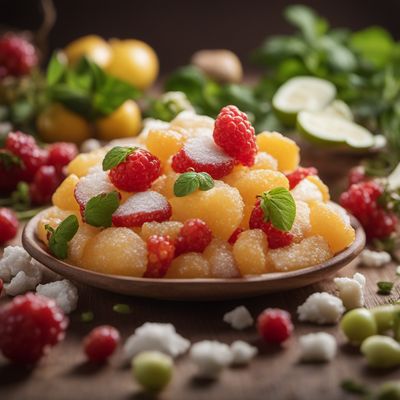
Advantame
The Sweet Sensation: Advantame

Saccharine
"The Sweet Secret: Unveiling the World of Saccharine"
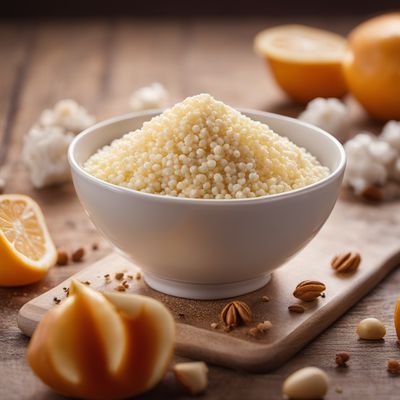
Cyclamate
The Sweet Side of Cyclamate
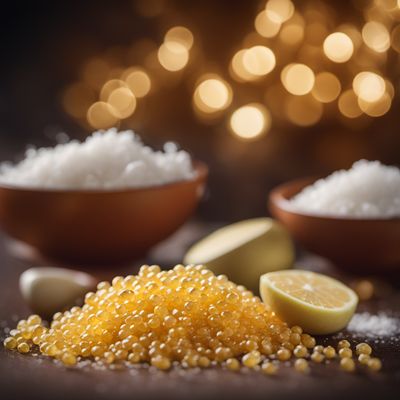
Neo-hesperidine
The Bitter-Sweet Marvel: Unveiling the Wonders of Neo-hesperidine
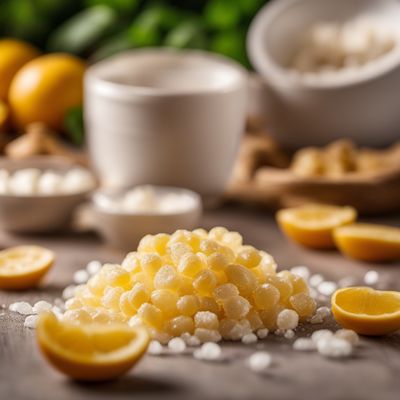
Acesulfame k
The Sweet Secret: Acesulfame K

Thaumatine
The Natural Sweetener

Neotame
The Sweet Secret: Neotame